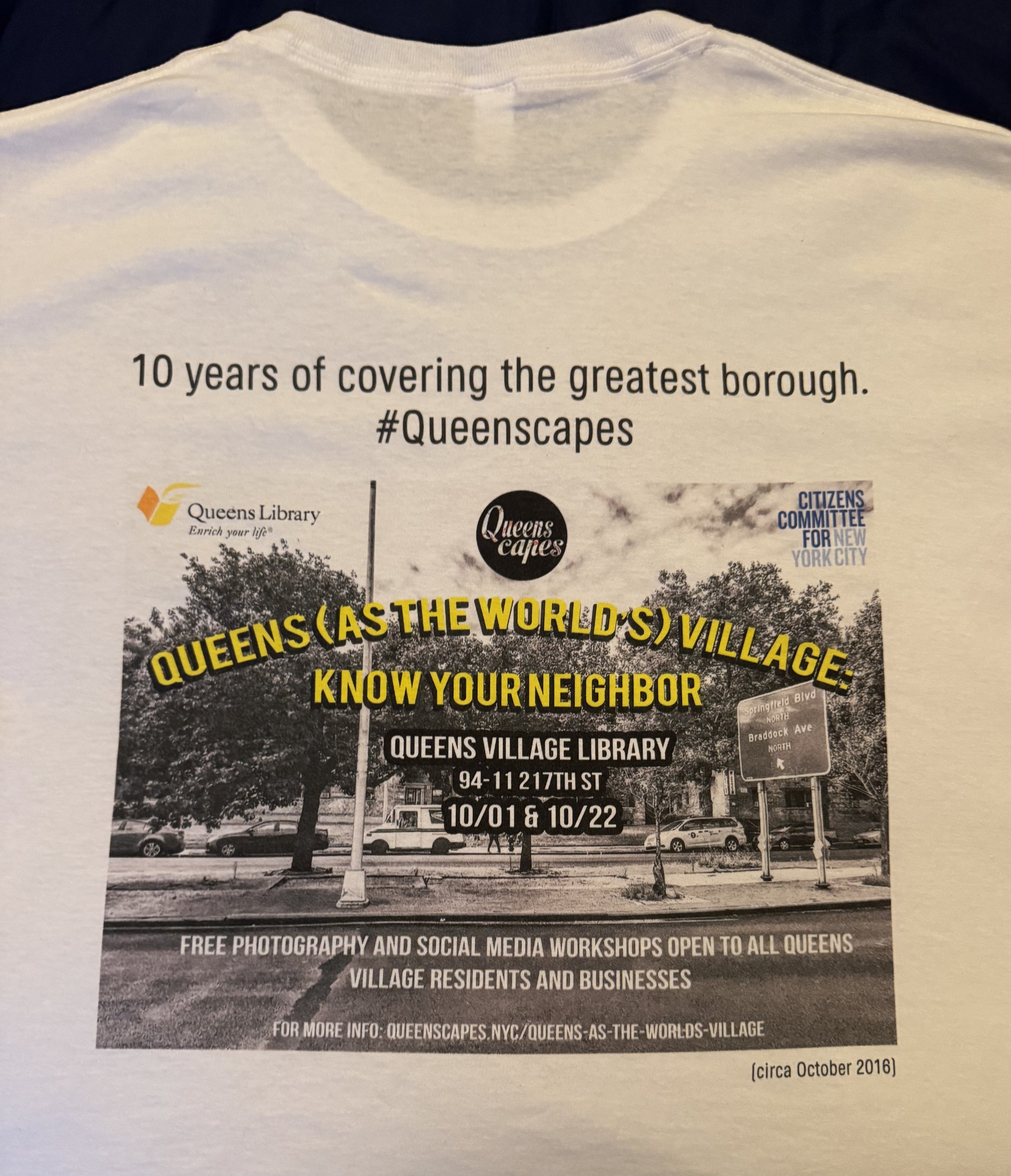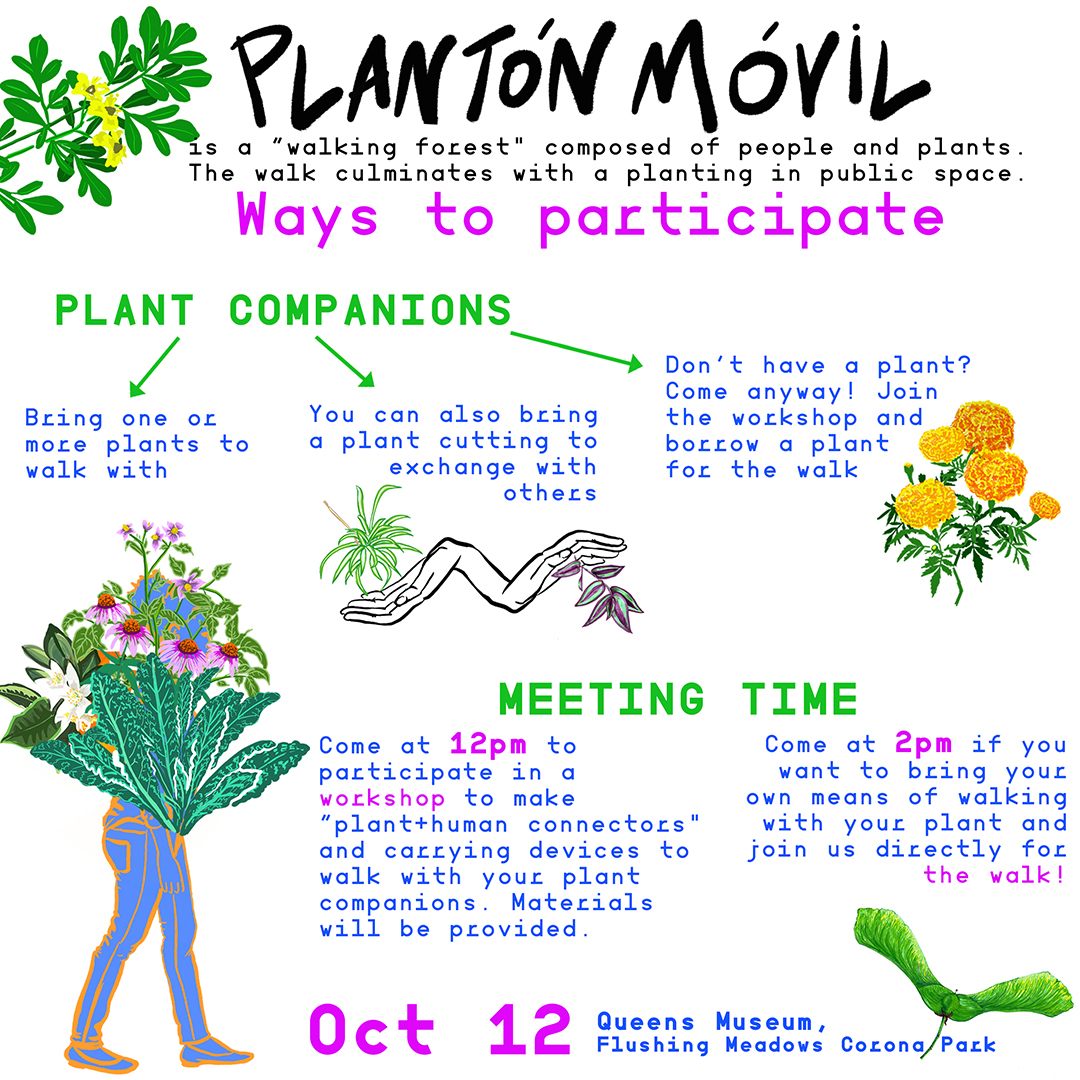Anthoula Lelekidis is a Greek-American lens-based artist who utilizes photography, printmaking, and mixed media in her practice. Her work navigates themes of personal memory, loss, and migration. With a deep interest in the archive, she alters found family photos to interpret a deeper tie to her heritage and uncover ancestral roots within blank spaces of her recollection. This investigation and the need for an individualized story, act as a meditation between the realm of post-memory and realization.
Based in Queens, N.Y., the Astoria native connects the pieces of her Greek upbringing between Greece and Astoria with her photo project titled "Fragments of the Diaspora."
Currently, Anthoula is showcasing her photo project alongside other Queens based artists Salvador Espinoza & Julie Thompson as a collaborative effort titled, "To Queens, With Love" in Astoria Park. This exhibit showcases the history, tradition and stories of Queens. These three lens-based artists explore personal histories and memories, the impacts of gentrification, and the unique, diverse neighborhoods of the borough. The exhibit was curated by Julie Thompson and presented by Photoville.
Photoville is a New York-based non-profit organization that promotes photography and visual storytelling by producing free annual festivals and exhibits. Photoville exhibits were made possible with the support of NYC Parks.
Recently, we sat with Anthoula, virtually at least, and asked her some questions about her work. Anthoula is no stranger to Queenscapes as she has been a long-time follower and supporter of our Instagram page and has even served as a contributor to a few of our early exhibits. She showed her works at the now defunct Queens Collective in LIC in 2016 for our #RootedInQueens16 exhibit and then again at the Greater Astoria Historical Society in Astoria for the #HikeToHellGate17 show.
Anthoula, before we start any questions about your photo project, we want to firstly congratulate you on bringing this genuine story of Astoria back home for all of your neighbors to enjoy. Salute to you!
Thank you so much Steve! I really appreciate the opportunity to share my work here on your platform!
Tell us about your upbringing in Astoria. What schools did you attend growing up in Astoria? What was your favorite Astoria place or spot and is it still around?
I grew up as a first-generation Greek-American born and raised in Astoria. My parents emigrated here in the early 1980s after my grandparents came in the 1970s. As a teenager interested in art, I auditioned and was accepted to Frank Sinatra School of the Arts, majoring in Fine Arts. After graduating, I attended Parsons School of Design and graduated with a Bachelor of Fine Arts in Photography. My favorite spot in Astoria has to be Rose & Joes Bakery on 31st Street near the Ditmars Blvd station because it brings back many memories of growing up. In middle school, my mom used to take me there everyday after school for a square slice of pizza. Luckily, it's still around and I visit often in order to support the local mom and pop shops.
Tell us about the initial motivation behind "Fragments of the Diaspora" and when did you start the project?
Centering on themes of personal history, loss, and migration, my most recent body of work, Fragments of Diaspora, first emerged from image transfers using found family photographs at home on my coffee table during the pandemic. I have always had an interest in family archives and believe family objects can be a rich source for storytelling. After collecting a wide range of photos from family albums, both in New York and Greece, I began to organize an archive of my own. Collage and image transfer have become techniques for me to create photographs without the use of a camera and lends itself perfectly to the formal qualities found in everyday domestic photographs. The physicality of the techniques stays true to the era that these photos were pulled from - the 1960s, 1970s and 1980s. These processes allow me to deconstruct and rejoin various moments of time, both literally and figuratively. After reading Marianne Hirsch’s book, The Generation of Postmemory, the idea of ‘postmemory’ became a great inspiration to me. In this text, the term ‘postmemory’ explains the relationship that the ‘generation after’ has to the collective and cultural trauma of those who preceded them. My intimate investigation and need for an individualized story, act as a meditation between the realm of postmemory and realization.
Can you explain a bit on the photo process and or treatment of how you combined and merged so beautifully these images of old and new?
By combining fragments of my own photographs with personal family images, I reassemble a new collection of memories. My process is not controlled and is fairly intuitive. I look for similarities in facial expressions, gestures, body stance and backgrounds. The detailed physical rips resemble the splitting of families who fled from their homeland due to war or poverty - a narrative similar to my family’s own who fled to Greece during the Pontic genocide. At the same time, there is a calm property to the tears that doesn’t fully interrupt the overall composition and reflects my careful reprocessing of these family heirlooms. The mixture of found photos also touches upon the idea of fading and forgotten memories - those stories that were not passed down to me and cannot be completely illustrated.
Why are the themes of migration - diaspora a source of inspiration?
A large part of my identity stems from my Pontic Greek roots. Both of my great grandmothers survived the Greek genocide as refugees from Pontos, while my great-grandfathers did not. For context, the Greek Genocide happened in the early 1900s, where thousands of Greeks including Pontic Greeks were exiled from their home, which is current day Turkey, under the rule of the Ottoman empire. My grandparents later emigrated to New York City in the late 1970s and often spoke of their motherland. The lives of diaspora are often filled with a deep yearning for home, and the need to create a life away from it. These feelings of nostalgia were subliminally passed down to me through the generations - even though I wasn’t born in Greece, I too feel a deep connection to their homeland and use this as inspiration for my work. Much of my work also highlights the story of my mother, who was born in Makedonia and came to the states as a child. Reflecting on her story of assimilation, I began to illustrate her journey of migration through the use of family archives mixed together with my own photographs of Greece. In this way I began to develop my own version of a family album, one in which I can insert myself in the timeline of my ancestors; Re-combining and Re-creating in community with them.
Has this project offered you any new discoveries since you have introduced it to the public?
Sharing the work with the public has definitely brought a new format to view the work. Not only are the images close to 10x the size of the originals, the textures and rips in the paper become more apparent when blown up to that size. I have also gotten the chance to meet up with so many friends and family who visited the exhibit over the span of the past few months - something very different from an indoor gallery or exhibition setting. Being in Astoria Park and having the chance for anyone to just walk by and become familiar with the work is a huge opportunity for me to showcase to those living in my own neighborhood. Also, the fact that the work is being displayed on the same street that my family emigrated to in the 70s is extra special, as multiple generations of my family have grown up in and around the park.
Folks, Anthoula's latest exhibit "To Queens, With Love" is currently on display at Astoria Park until the end of this month Wednesday, August 30th and is located on 19th Street and 23rd Terrace. Head out while the weather is still nice and allows you to take in and absorb the exhibit a little longer. Trust us, you will not be disappointed!
Words by Anthoula Lelekidis & Adolfo Steve Vazquez, photo by Anthoula Lelekidis

















